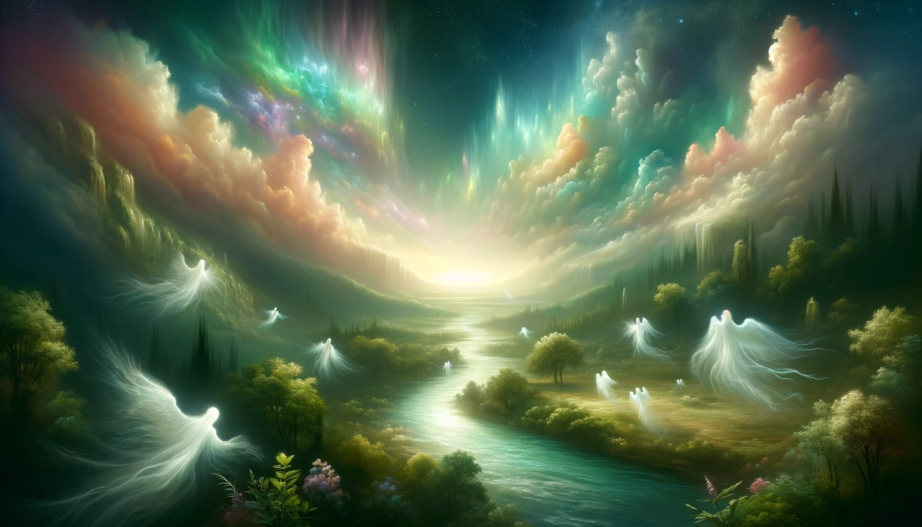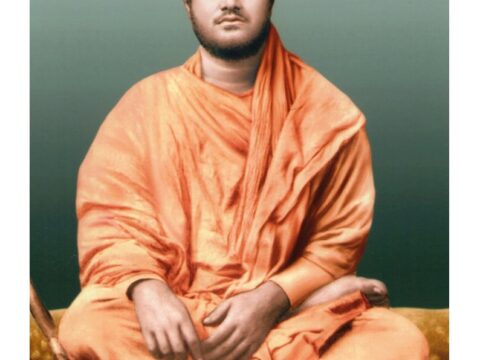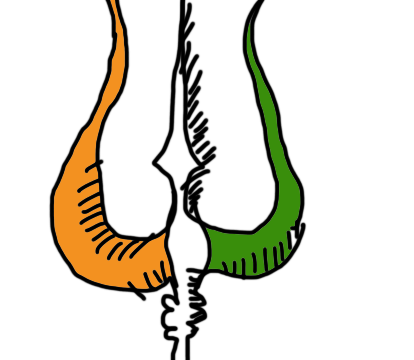In the moments after death, there is darkness and supreme confusion. Perhaps, profound emptiness and nothingness. Or, something else ? The problem is, nobody we know has come back to tell us about it.
There have been plenty of near death experiences, reported in media reports all over the world. They mostly refer to the individual seeing a bright light that they move towards, before being yanked back and returned to their bodies. But beyond that, there are precious few details.
So, what happens actually ? Can the Indian scriptures help here ? They do have a lot of information on death, but it is scattered all over. Just as an example, see a few references below:
- Bhagavad Gita: perhaps the most well-known scripture in existence today, it discusses the soul and death extensively. Particularly, in Chapter 2, Lord Krishna enlightens Arjuna about the immortality of the soul and the impermanence of the physical body, emphasizing that the soul neither kills nor can be killed.
- Upanishads: these ancient texts delve deeply into the nature of reality, life, and death. My favourite one is from the the Katha Upanishad, which narrates the story of a young boy, Nachiketa, who converses with Yama, the god of death, about the nature of the soul, death, and what lies beyond.
- Garuda Purana: this Purana is well-known for its detailed account of what happens after death. It describes the journey of the soul, the rites to be performed after death, and various aspects of life in the afterlife.
- Vedas: the Rigveda and Atharvaveda contain hymns that ponder the nature of life and death. They offer prayers for longevity but also reflect on the inevitability and the mystery of death.
- Mahabharata: beyond the Bhagavad Gita, the Mahabharata contains numerous stories and parables that touch upon death and the afterlife, offering moral and philosophical teachings.
- Yoga Vasishta: this text, in the form of a dialogue between Sage Vasishta and Prince Rama, discusses the illusory nature of life and death and the reality beyond physical existence.
- Srimad Bhagavatam: also known as the Bhagavata Purana, this text discusses the journey of the soul and the importance of devotion in overcoming the cycle of birth and death.
It would take more than a single lifetime, nay many many lifetimes, to analyse everything written about death in all of the above Dharmic scriptures.
Seeing as how we do not have so much time, I am going to attempt to script a shortened version of what my understanding of death is, based on my over 3 decades of studying the subject.
One moment the atma has a body, an identity, a family, bank accounts, assets and desires et al.
The next moment the soul is free of the body and looking down upon it. All of the above are forgotten.
In that moment of confusion, when there’s the darkness of the nether worlds and the light of truth, the central axis of the Paramatma, the one that is the supreme manifestation of the Parabrahman , is unmistakable
But most souls are too confused to see that. They’re desperate to get back to their bodies to complete their unfulfilled dreams and desires
But this moment is pivotal, a juncture of profound disarray, where the soul confronts the stark contrasts of the netherworld’s obscurity and the illuminating light of eternal truth.There is actually an opportunity to escape the cycle of birth, growth, old age or disease, and death. That opportunity is to remember, and utter, either through words, or if uttered words fail, then with the mind’s tongue, the Lord’s holy name. It could be Krishna, Vishnu, Shiva or any form of the Paramatma.
However, most souls, ensnared in their own labyrinth of unfulfilled dreams and lingering desires, find themselves too bewildered to do this. Either they do not know, or even if they do, they yearn to return, to reattach to their earthly existence, to complete the tapestry of their unfulfilled aspirations.
This short narrative encapsulates the eternal struggle of the soul – the tug-of-war between material attachments and the quest for spiritual liberation. It underscores the profound teachings of the Bhagavad Gita and other sacred texts, which enlighten us about the soul’s journey beyond death, urging us to perceive beyond the illusions of Maya.
In essence, this moment of transition is not just an end but a profound beginning, a gateway to understanding the profound truths of our existence and the cosmic play of creation. It is an invitation to look within and embrace the essence of our true, eternal nature.





